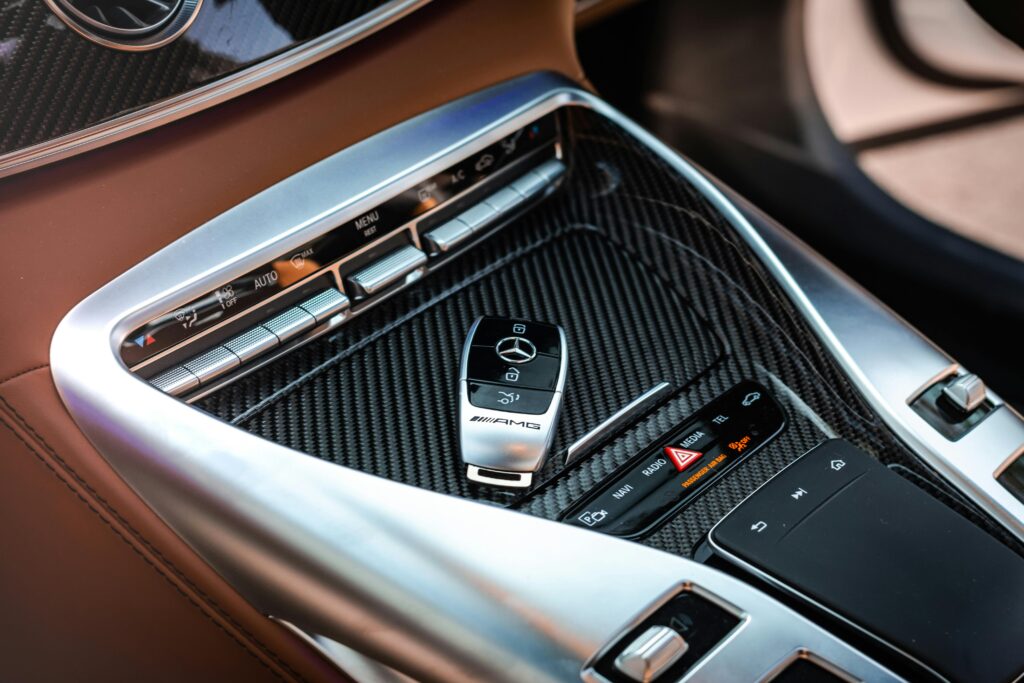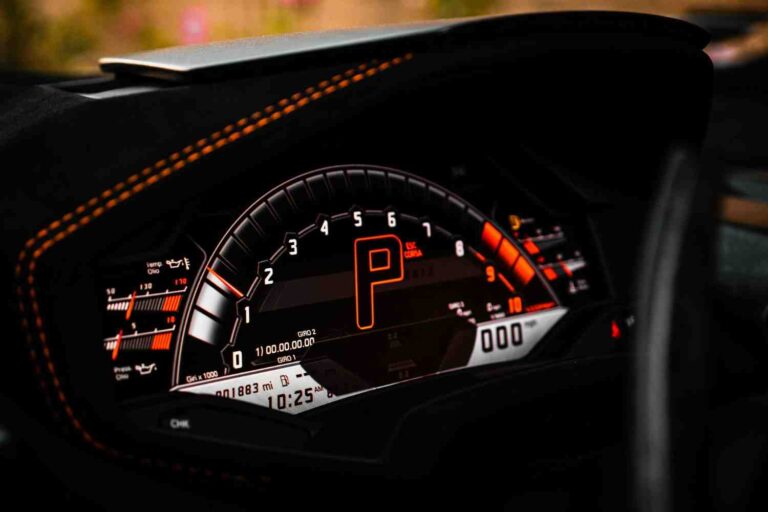Car insurance isn’t just about meeting legal requirements. For many drivers, it’s about peace of mind – knowing that if something goes wrong, they won’t be left paying thousands out of pocket. But here’s the catch: a standard policy doesn’t always cover everything you might expect. That’s where add-on car insurance features come in. These optional covers enhance your protection and can make a world of difference when life throws surprises your way. Let’s explore the top add-ons that are genuinely worth paying extra for – and when they make sense.

Key Replacement Insurance – Small Add-On, Big Relief
Losing your car keys today isn’t like misplacing an old metal key. Modern smart keys are loaded with chips and sensors, and replacing one can easily cost between $250 and $700. A key replacement insurance add-on covers the cost of replacing or reprogramming your lost, stolen, or damaged key. Some insurers even include locksmith services or cover the cost of re-coding your car’s security system.
If you drive a newer vehicle with advanced keyless entry or push-start systems, this coverage is a no-brainer. Imagine losing your keys during a trip or having them stolen at a parking lot – without this add-on, you’d bear the full replacement cost. With it, the insurer takes care of everything.
For readers who lease or finance vehicles, protecting such electronic components becomes even more crucial. It’s similar to how gap insurance for auto loans bridges the cost difference after an accident. The logic is the same: small coverage, big payoff when things go wrong.
Roadside Assistance Add-On – Help When You Need It Most
Nothing ruins a road trip or workday faster than a breakdown. A roadside assistance add-on is like having a safety net that travels with you. This feature offers 24/7 help for emergencies such as flat tires, dead batteries, towing, or running out of fuel. Some plans even include minor on-site repairs and accommodation if you’re stranded far from home.
It’s especially useful for long-distance drivers or those who often commute through isolated routes. Many insurers now include smartphone apps to request help instantly, track the tow truck, or even get digital updates. For frequent travelers, this coverage is not just convenient – it’s essential.
It ties closely with practical guides such as one-week car insurance options, where temporary coverage can also benefit from short-term roadside assistance, especially during vacations or car rentals.
Zero Depreciation Cover – Get Full Value for Repairs
Depreciation can hurt during claim settlements. Normally, when you file a claim, insurers deduct depreciation on parts like bumpers, headlights, or tires – meaning you don’t get the full repair cost. That’s where zero depreciation car insurance add-ons come in.
This coverage ensures you’re reimbursed for the entire cost of parts replacement without factoring in depreciation. It’s particularly beneficial for new cars (usually up to 5 years old) or premium vehicles where part replacement costs are high.
For instance, if your bumper or headlight gets damaged in a minor accident, you might otherwise pay hundreds out of pocket. With this add-on, your insurer pays the full replacement value. It’s one of the most valuable features for anyone who wants complete financial protection.
For comparison, drivers of older cars may choose to skip this add-on if their car’s market value has already dropped significantly. The cost-benefit equation matters here – younger cars benefit more from this coverage.
Engine Protection Cover – Safeguarding the Heart of Your Car
The engine is the most expensive and sensitive part of your vehicle. Yet, standard insurance often doesn’t cover engine damage unless it’s caused directly by an accident. Flooding, oil leakage, or water ingression can destroy internal components, and that’s where an engine protection cover comes in.
This add-on covers the cost of repairing or replacing engine parts such as pistons, cylinders, or crankshafts due to water damage or lubricant leaks. If you live in a flood-prone area or park outdoors during monsoon seasons, this coverage can save you from massive repair bills.
In cities where weather is unpredictable, such as coastal or humid regions, this add-on acts as a financial shield. It’s as practical as understanding how inflation affects car insurance premiums – both factors highlight how external elements can drive up repair and claim costs unexpectedly.
Windshield Protection Coverage – More Than Just a Crack
Windshield repairs seem minor until you face the cost. Many comprehensive plans don’t fully cover windshield damage unless it occurs during a covered event. A windshield protection add-on ensures that even small cracks, chips, or replacements are covered without affecting your No Claim Bonus (NCB).
For drivers frequently on highways or gravel roads, where stones can easily hit the glass, this add-on pays for itself quickly. Even luxury car owners should consider it, as advanced windshields with sensors or HUD displays can cost thousands to replace.
In practice, combining windshield and zero depreciation add-ons creates near-complete coverage for physical damage repairs. That means fewer surprises when you take your car to the workshop after an accident.
GAP Insurance for Auto Loan – Filling the Financial Gap
If your car is financed or leased, GAP (Guaranteed Asset Protection) insurance might be your financial lifesaver. Here’s how it works: when your car gets totaled or stolen, your insurer pays the current market value. But if you owe more on your loan than what the car is worth, you still have to pay the remaining balance. GAP insurance covers that difference.
This add-on is especially critical during the first few years of ownership when the car’s value depreciates faster than you can pay off the loan. Without it, you could end up paying thousands on a car you no longer have.
If you’ve ever wondered whether insuring an unregistered car or buying temporary coverage makes sense, think of GAP insurance as its long-term counterpart – both exist to plug financial gaps that standard insurance leaves open.
Rental Car Reimbursement – Staying Mobile After an Accident
After an accident, your car might spend days or weeks at the repair shop. Without a backup vehicle, you’re left paying for taxis or rentals out of pocket. That’s where rental car reimbursement coverage comes in. It pays for your rental car expenses while your vehicle is under repair due to a covered claim.
Coverage limits vary by insurer, but typically you’ll get a daily reimbursement allowance up to a fixed limit. It’s especially valuable for people who rely on their car for daily commuting or family duties. Business owners or single parents may find this add-on particularly useful – similar to how single moms find affordable insurance options to balance financial and family responsibilities.
Legal Liability Add-On – When Things Get Complicated
Accidents don’t just cause damage – they can cause disputes. A legal liability add-on helps cover legal expenses if you’re involved in an accident that leads to third-party injury, property damage, or even legal proceedings. It includes lawyer fees, court costs, and settlements depending on your policy.

This add-on is often overlooked until someone faces a lawsuit. Whether you’re a rideshare driver or just cautious about liability, it’s a strong layer of protection that can prevent financial strain during disputes.
It complements guides like car insurance for high-risk drivers, which discuss how liability risks affect premiums and coverage eligibility. Legal protection can often soften that risk profile over time.
When Add-Ons Are Worth It (And When They’re Not)
Not every add-on makes sense for every driver. The right mix depends on your car, location, and driving habits. Here’s a quick rule of thumb:
- New or luxury cars: Prioritize zero depreciation, engine protection, and key replacement.
- Frequent travelers: Get roadside assistance and rental reimbursement.
- Financed cars: Don’t skip GAP insurance.
- Urban drivers: Windshield and legal liability covers can save major repair and claim hassles.
Remember, add-ons are meant to enhance your existing policy – not replace it. A good strategy is to balance affordability with value. For instance, someone with a basic compact car may benefit more from liability-only coverage options than from high-end add-ons they rarely need.
Final Thoughts
Add-on car insurance features aren’t about spending more – they’re about spending smart. The right ones can transform your coverage from “basic protection” to “complete security.” You never know when you’ll need roadside help, a key replacement, or an engine rebuild after flooding, but when you do, these add-ons make sure you’re covered.
The goal is to make your insurance policy reflect your lifestyle and risks. Talk to your insurer, evaluate your driving needs, and customize your plan wisely. Because when it comes to car insurance, peace of mind is always worth the extra cost.
External links for reference:



